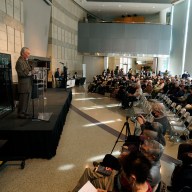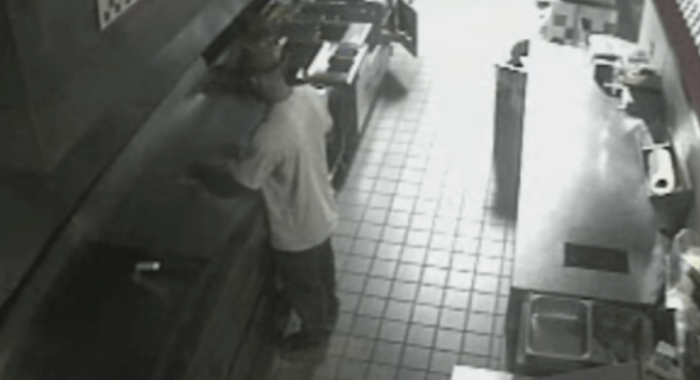Scientists at NASA have revealed how one of their spacecraft came within a few hundred feet of a catastrophic collision with a defunct Soviet-era spy satellite last month.
The NASA craft, the Fermi Gamma-ray Space Telescope, was on the same trajectory as Cosmos 1805 – and the two craft were closing at a combined speed of 27,000 miles per hour. On the morning of March 29 this year, NASA scientist Julie McEnery received an email warning her of the approaching collision, which would have resulted in an explosion releasing the equivalent of energy from two and a half tons of high explosive.
“My immediate reaction was, ‘Whoa, this is different from anything we’ve seen before!'” McEnery recalled at nasa.gov.
Calculations showed that on April 4 the craft would, with luck, pass within 700 feet of each other and for 30 milliseconds, they’d occupy precisely the same area of space. Despite there being lots of satellites and other space junk orbiting the earth, spacecraft usually do not get anywhere near as close to each other.
Scientists learned to their cost in 2009 that they had to treat near approaches with extreme caution, after another defunct Russian satellite, Cosmos 2251 smashed into a communications satellite, Iridium 33. NASA only realized that their worst fears had come true when they started to track clouds of debris floating away from the collision site. It was the first recorded satellite to satellite collision.
In what NASA described as the equivalent of orbital air traffic control, McEnery and colleagues fired Fermi’s thrusters to take the craft out of harm’s way. The telescope maps the highest-energy light in the universe.
“A huge weight was lifted,” McEnery said. “I felt like I’d lost 20 pounds.”

















